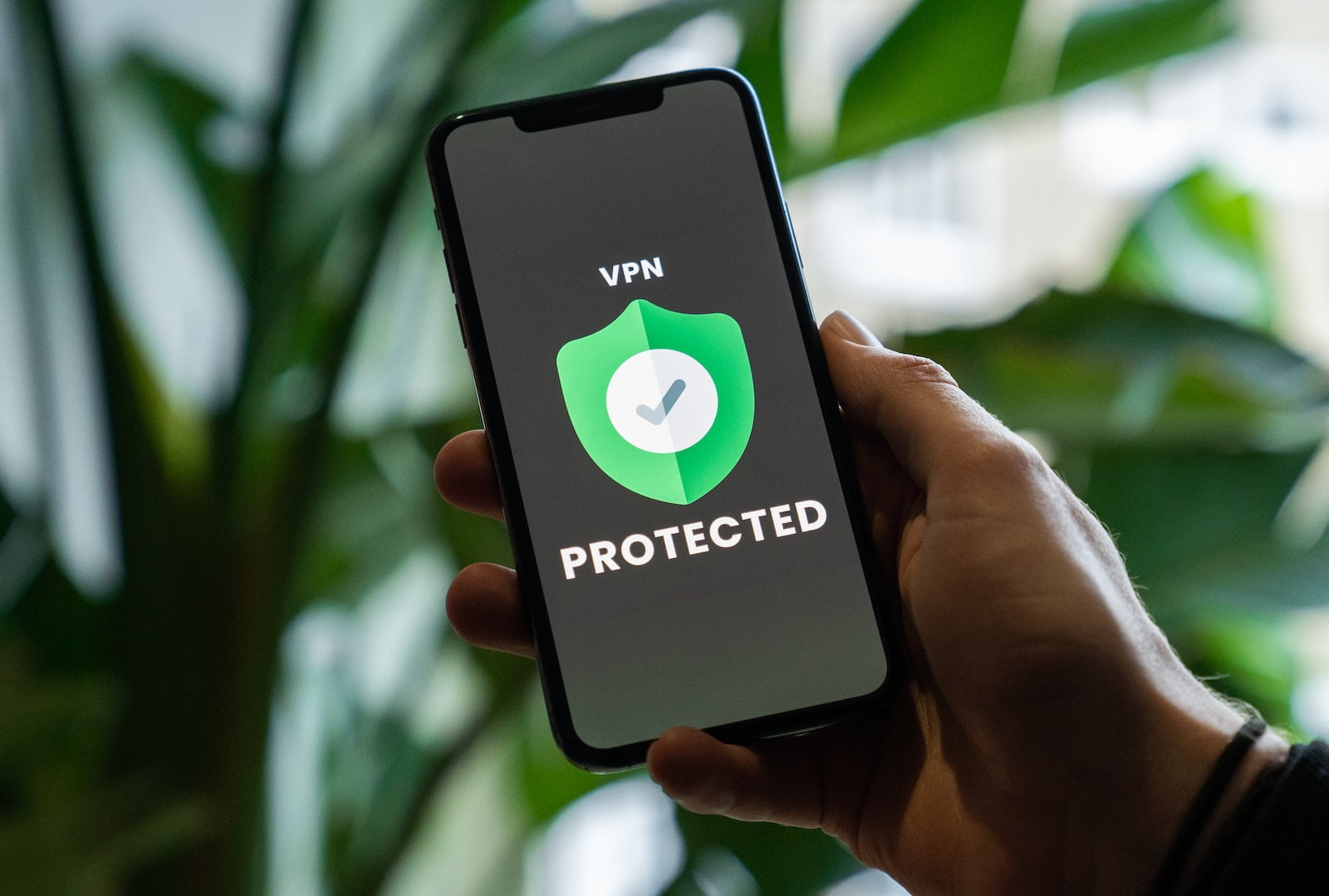How to Backup Your Data Before a Mobile Phone Repair
Backing up your data before a mobile phone repair is crucial to ensure that you don’t lose important files, photos, and contacts. Whether you’re facing hardware issues, software malfunctions, or simply upgrading your device, knowing how to effectively back up your data can save you from potential headaches. This guide will walk you through the different methods of backing up your data, ensuring a seamless repair process. How to Backup Your Data Before a Mobile Phone Repair
1. Understanding the Importance of Data Backup
A. Reasons for Backing Up
Backing up your data is essential for several reasons:
Prevent Data Loss: Repairs can sometimes lead to data loss, especially if a factory reset is needed or if the device is damaged beyond repair.
Peace of Mind: Knowing your data is secure allows you to proceed with repairs without worry.
Efficiency: A backup allows for quicker recovery of your data, minimizing downtime after repairs.
B. What Data to Backup
When preparing for a backup, consider the following data types:
Contacts: Ensure all your contacts are saved, as losing them can be inconvenient.
Photos and Videos: Backup your media files to prevent the loss of cherished memories.
Documents and Files: Important documents, notes, and files should also be backed up.
App Data: Some apps save progress or settings that you may want to keep.
2. Backup Methods
A. Cloud Backup
Using cloud storage is one of the most convenient ways to back up your data. Here’s how to do it:
Choose a Cloud Service: Popular options include Google Drive, iCloud, Dropbox, and OneDrive. Select a service that suits your needs.
Install the App: Download the cloud app on your mobile device and sign in or create an account.
Upload Your Data: Manually upload files, photos, and documents, or set the app to back up automatically.
B. Local Backup
If you prefer not to use cloud services, you can back up your data locally:
Using a Computer: Connect your mobile phone to a computer via USB. Use file transfer settings to access your phone’s storage, and copy files to your computer.
Using Backup Software: Some devices come with backup software, or you can download third-party applications. Follow the instructions to back up your data directly to your computer.
C. Using Backup Apps
There are several apps available that can simplify the backup process:
All-in-One Backup Apps: Apps like Helium and Titanium Backup (for rooted devices) allow you to back up contacts, messages, apps, and more in one go.
Cloud Backup Apps: Some cloud services offer dedicated apps that provide automatic backups and easy recovery options.
3. Steps to Back Up Your Data
A. Prepare Your Device
Before starting the backup process, ensure your device is ready:
Charge Your Phone: Ensure your device has enough battery life to complete the backup.
Update Software: Update your mobile operating system and apps to the latest versions, which can help prevent issues during the backup.
B. Perform the Backup
Follow these steps to back up your data:
Select Backup Method: Choose between cloud, local, or backup apps based on your preference.
Initiate Backup: Start the backup process using the selected method. Follow on-screen instructions, ensuring all desired data types are included.
Monitor Progress: Keep an eye on the backup process. If using cloud services, ensure your internet connection is stable.
C. Verify Your Backup
After completing the backup, it’s essential to verify its success:
Check Cloud Storage: Log into your cloud account to ensure all files are uploaded correctly.
Review Local Files: If using a computer, check that the files are present and accessible in the backup folder.
Test App Backups: If using an app, verify that your data can be restored by checking the app’s settings.
4. Preparing for Repair
A. Reset Your Device
If your repair involves a hardware issue, you may need to perform a factory reset:
Backup Reminder: Ensure that all necessary data has been backed up before proceeding with a reset, as this will erase all data from the device.
Access Reset Settings: Navigate to your device’s settings and locate the factory reset option.
B. Remove Personal Information
For added security, consider removing sensitive information:
Sign Out of Accounts: Sign out of accounts such as Google, Apple ID, and any banking apps.
Encrypt Your Data: If applicable, encrypt your data before sending it for repair, ensuring that your information remains secure.
5. Restoring Your Data After Repair
A. Restoring from Cloud Backup
If you used a cloud service, restoring your data is straightforward:
Sign In: After repair, sign in to your cloud account and download the backed-up files and data.
Sync Your Apps: If apps were backed up, they should sync automatically when you reinstall them.
B. Restoring from Local Backup
If you opted for a local backup, follow these steps:
Reconnect to Computer: Connect your mobile phone to the computer where you saved the backup.
Transfer Files: Copy the backed-up files from your computer to your device.
Restore App Data: Use any necessary software to restore app data if applicable.
6. Conclusion
Backing up your data before a mobile phone repair is a vital step in protecting your important information. By utilizing cloud services, local backups, or specialized apps, you can ensure a smooth repair process without the risk of losing valuable data. Remember to verify your backups and prepare your device properly for repairs. With the right precautions in place, you can confidently approach your mobile phone repair, knowing that your data is safe and secure.







